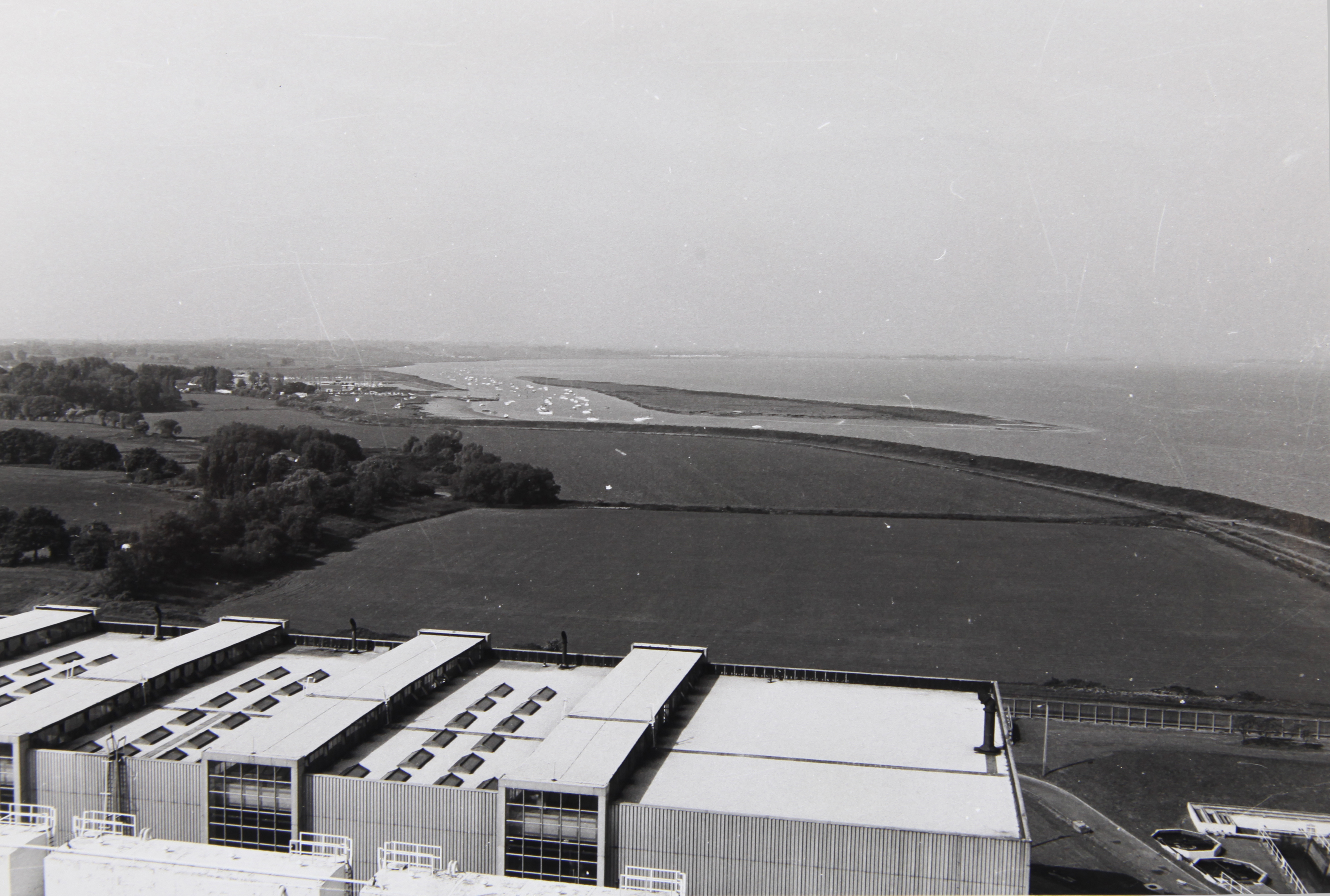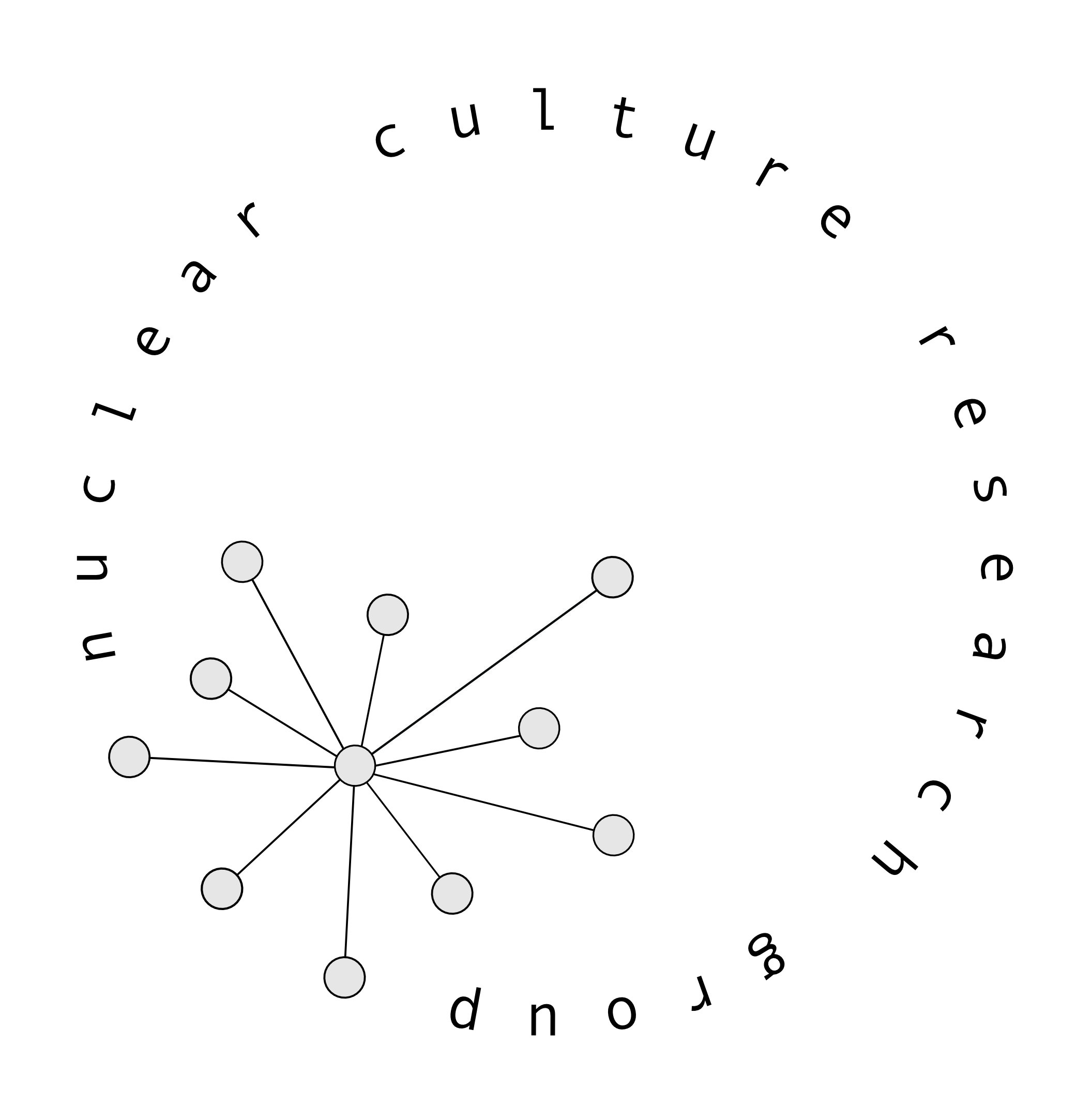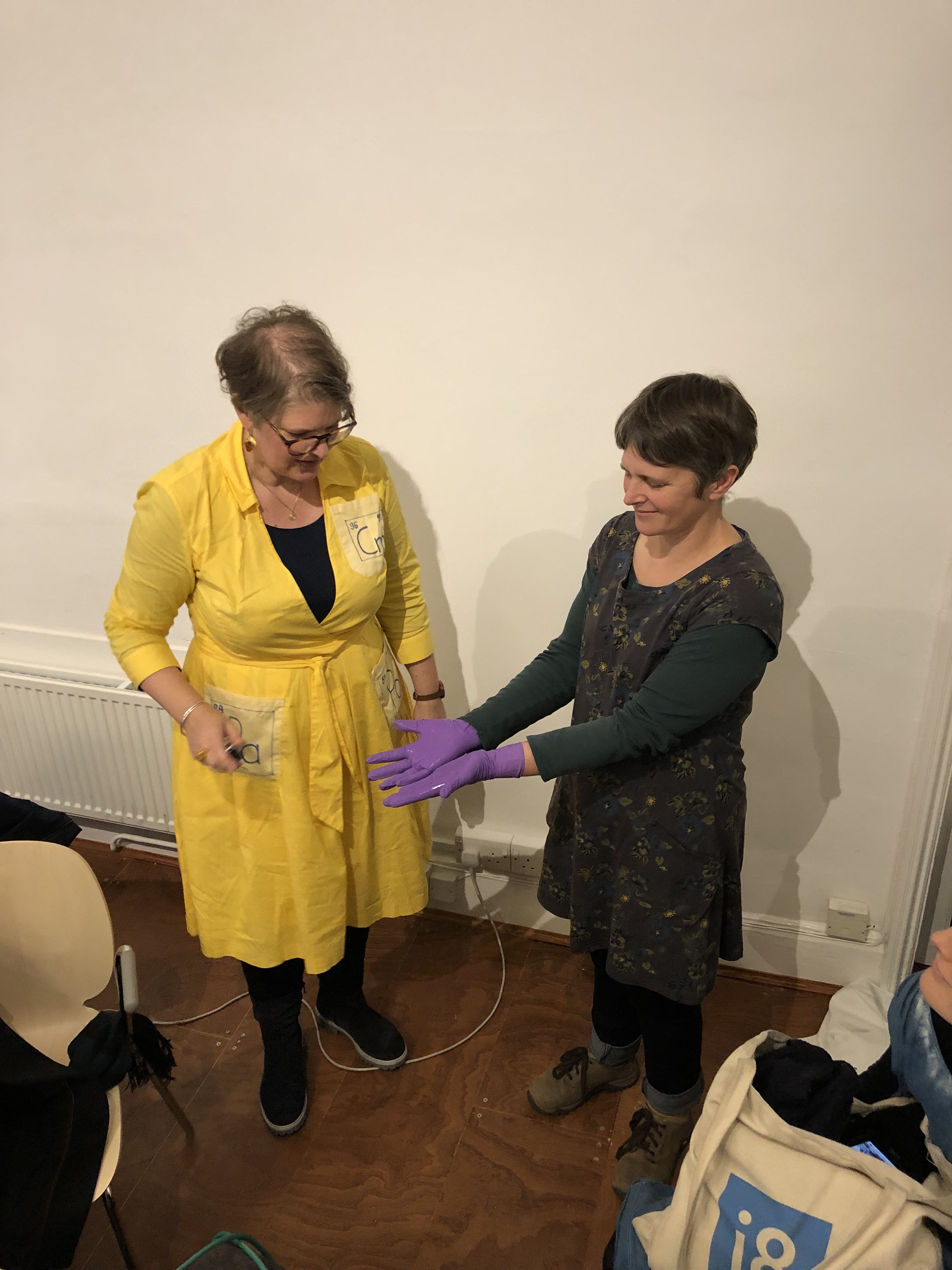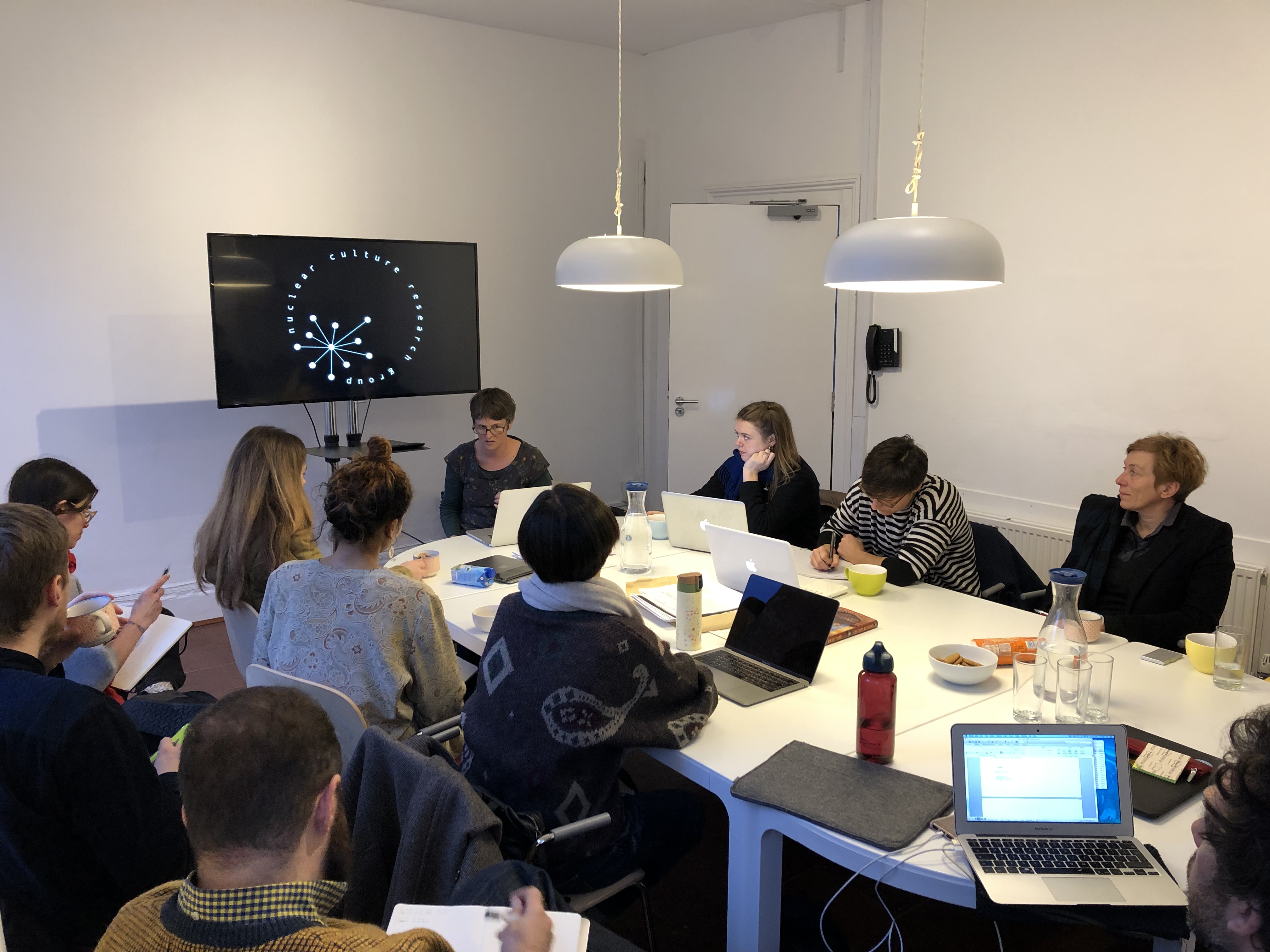Session #5 - Ele Carpenter - Radiological Deep Time
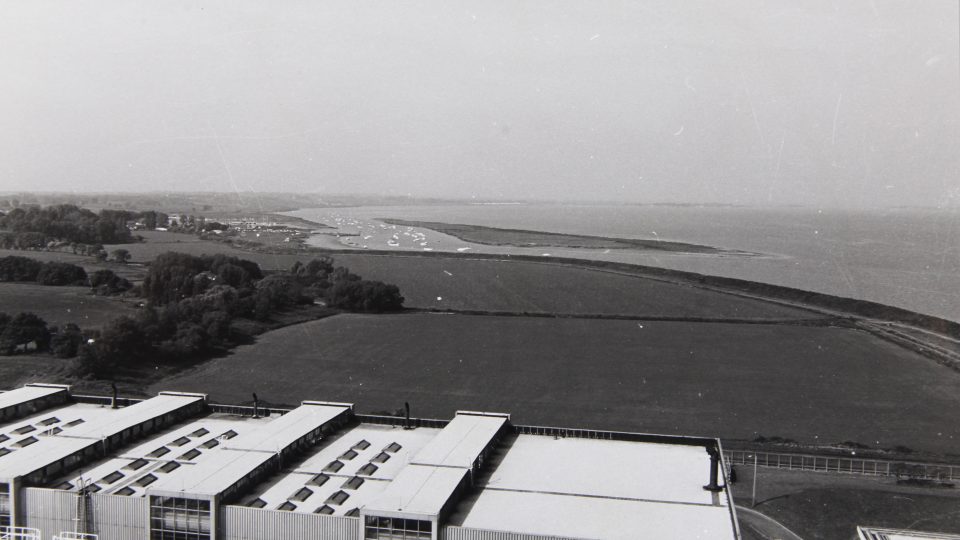
Ele Carpenter
Radiological Deep Time
Session #5 - 26 October 2018
Organised by Ele Carpenter with PhD researchers Warren Harper, Bridget Kennedy and Andy Weir.
This MARs Session investigated theoretical ideas and artistic practices concerned with radiological deep time. From nuclear landscapes of mining, test sites, and waste storage sites. The session focused on the problems of decolonising the nuclear, through feminist and forensic analysis, rethinking nuclear landscapes at home, and the mythologies of distant test and mining sites.
The three prep sessions were held by Goldsmiths Art Research students associated with the Nuclear Culture Research Group run by Dr Ele Carpenter. Relating to this, the main session was organised as a Nuclear Culture Research Symposium presenting new artistic and curatorial practice based research in nuclear culture with participants from the UK and internationally.
Prep Session 1
Mapping Research in Nuclear Culture
Led by Andy Weir, PhD student, Goldsmiths.
In this session, we read work by sociologist and Stanford Professor of Nuclear Security, Gabrielle Hecht. We considered the colonial/postcolonial dimension of nuclear cultures through her focus on the Uranium trade, and the question of what constitutes a ‘nuclear thing’. Andy Weir introduced his work with ‘radioglomerate demons’ and we worked with some collective diagramming.
Reading:
- Hecht, G. (2018) ‘The African Anthropocene’, Aeon
- Hecht, G. (2012) ‘Introduction: The Power of Nuclear Things’ to Being Nuclear: Africans and the Global Uranium Trade. Cambridge, MA: MIT Press, pp.1-48.
Prep Session 2
Nuclear Landscapes
Led by Warren Harper, PhD student, Goldsmiths.
What makes a landscape “nuclear”? The second session consider edwhat defines or designates a nuclear landscape. We discussed different aspects of the nuclear cycle in relation to this, from uranium mines to the storage of nuclear waste, aiming to open up points of exploration around the interrelationships of disparate nuclear landscapes globally.
Reading:
- Storm, A. (2014) Post-Industrial Landscape Scars. New York: Palgrave Macmillan US pp.47-99
- Pitkanen, L. and Farish, M. (2017) ‘Nuclear landscapes’, Progress in Human Geography.
Prep Session 3
Nuclear Materiality
Led by Bridget Kennedy, PhD student, Goldsmiths, with Gwen Mott, Radiation Protection Officer, Imperial College London.
In this session we discussed how we, flesh and bone beings susceptible to the detrimental effects of certain types of radiation, interact with radioactivity. How do we detect it? How do we handle it? How does it feature in our daily lives? This session featured a hands-on demonstration of radiation monitoring, and an introduction to background radiation and radiological sources. This was be accompanied by an insight into how artists have made this invisible emission of energy visible and how these works help us consider ways that the nuclear permeates society at a variety of different levels.
Reading:
- Parikka, J. (2015), Materiality: Grounds of Media and Culture, A Geology of Media, University of Minnesota Press, Minneapolis/London, pp1-29
- Morton, T. (2016), ‘Radiation as Hyperobject’ in The Nuclear Culture Source Book, ed. Ele Carpenter, Black Dog publishing, pp 169-173
- Schuppli, S. (2015), 'Radical Contact Prints' in Camera Atomica, ed. John O’Brian, Black Dog Publishing, pp 279-291
Nuclear Culture Research Symposium
Curated by Ele Carpenter and Warren Harper
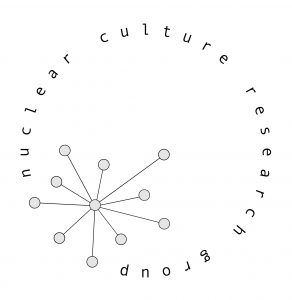
This Symposium brought together researchers in nuclear culture to form an intensive two days of sharing knowledge, mentoring and critical feedback. Artist and Curatorial researchers will have the opportunity to share their critical frameworks and artistic practices in an interdisciplinary environment with scholars and practictioners from across the arts and nuclear sector.
The Symposium also included several artworks: James Acord’s roundtable and photographs; Ele Carpenter’s embroidery of Paul Baran’s network diagrams; Erika Kobayashi’s Radium Calendar; and David Mabb’s Placards for Mutinous Submariners.
Pieter Fannes drew discussions to create a visual report of the day. (See gallery below.)
Curated by Ele Carpenter and Warren Harper. nuclear.artscatalyst.org/
The Nuclear Culture Research Symposium was generously supported by the CHASE Doctoral Training Partnership. In partnership with Arts Catalyst, Art Action UK, MFA Curating and the Mountain of Art Research, Goldsmiths College, University of London.
The Radiological Deep Time sessions culminated in the Nuclear Culture Research Symposium
